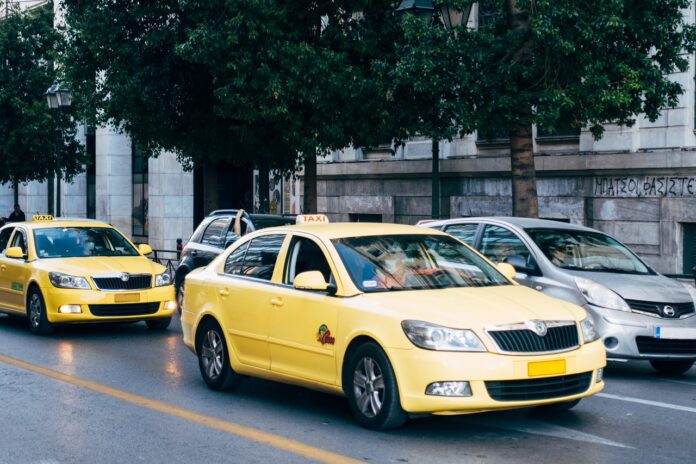UBER Market Overview/Situational Analysis
The market Uber typically operates in the ride-hailing market, valued at $37 billion in 2017, and forecast to grow up to $127 billion in another 6 years, which is a growth rate of approximately 17%. The largest geographic chunk of this global market has consistently been North America. Apart from Uber, other major players in this global market are Lyft, Grab, and Ola have been slashing some shares.
UBER: Changing Consumer Behavior
Uber’s market has a double-digit growth rate as the need for consumers for personalized services is increasing. Consumer concerns are shifting towards better services yet having a low or absolute zero negative impact on the environment (Alemi, Circella, & Sperling, 2018). Millennials are experiencing a cultural shift where they are willing to let go of owning a vehicle to trends down CO2 emissions. This fact is supported by the reality that owning a car is also very expensive. Some millennials want better experiences hence using services like Uber they want to experience luxury having access to high-end cars for the flick adventures (Alemi, Circella, Mokhtarian, & Handy, 2018).
UBER PESTLE Analysis
The analysis carried out under the PESTLE model it has been learned that Uber had difficulties adjusting in different Political and Legal settings (Collier, Dubal, & Carter, 2018). Some countries would require UBER to take full responsibility for their driver’s actions and in case of accidents company has to pay the claims. Moreover, adjusting insurances had been a significant issue. In Economic terms, Millennials want independence and want to save the environment by reducing the amount of traffic on the road hence they support Uber’s initiatives (Lee, Chan, Balaji, & Chong, 2018). In a social context, Uber has had difficulties translating effectively its marketing endeavors like in France they were heavily penalized for inappropriate marketing. However, Uber has been very effective in the usage of technology where they are also researching automation and robotic with an aim to introduce driverless cars (Chan & Humphreys, 2018). Moreover, their application is very effective and stable in providing services to the users. Lastly, Uber has been ensuring that its drivers drive efficient cars hence reducing the negative impacts on the environment (Baron, 2018). In addition to that Uber promotes that more people travel using their services save more fuel and contribute towards a sustainable future.
UBER’s Porter 5 Forces Analysis
| Porter 5 Forces | |
| Name of Force | Intensity of Power |
| Barriers to Entry in Uber Markets | Low to Medium |
| Supplier Power (In this case Drivers) | Low to Medium |
| Buyer Power (customers) | Medium |
| Substitutes | Low |
| Rivalry | Medium-High |
The barriers to entry are low to medium because the model is easily imitate-able however not everyone can achieve the required economies of scale for sustained business. Suppliers here are absent and drivers can be considered so, due to sheer scale of the Uber market and the level of business provided to the drivers reduces their bargaining power (S. Jiang, Chen, Mislove, & Wilson, 2018). However, Customer in areas where there are alternatives available can switch to competitors hence they have medium bargaining power. The power of substitutes is low as owning a car is expensive plus traditional service providers are not readily available and would not provide security of charges or user. Lastly, Rivalry is high in many locations where Uber operates as many competitors battle to take share within the market.


